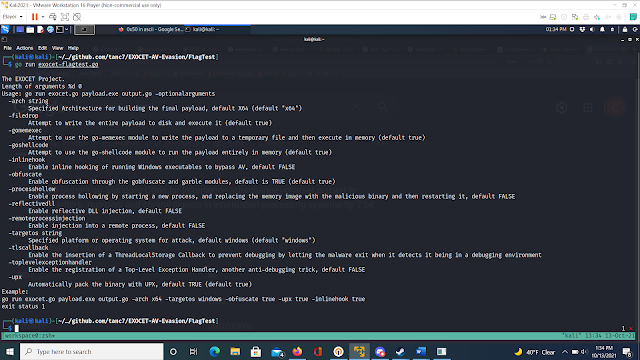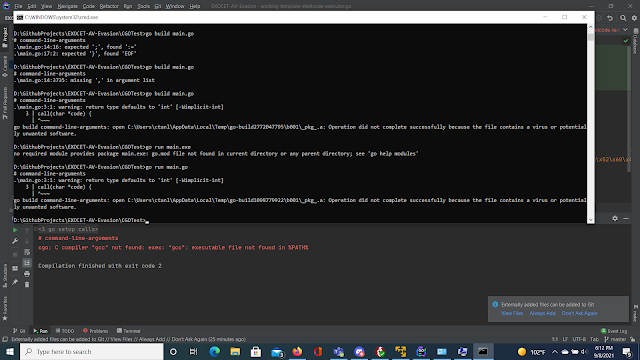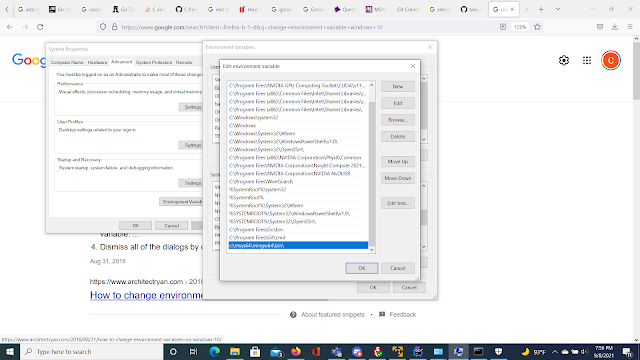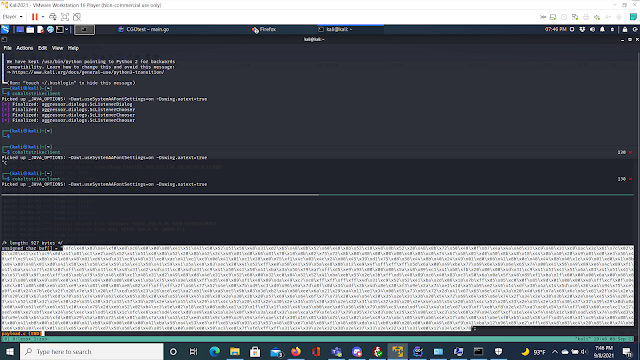Welcome to my 2nd tutorial of the series of networking. In this video I've briefly described peer to peer network (P2P). Moreover, you'll see how to make a peer to peer network? How it's working? How we can intercept traffic over the network by using Wireshark? and many more. Wireshark tool is integrated with eNSP so it'll be installed automatically when you install the eNSP. On the other hand, you can install the Wireshark for your personal use from its website.
What is Peer to Peer (P2P) network?
As when devices are connected with each other for the sake of communication that'll be known as a Network. Now what is peer to peer network? In P2P network each and every device is behaving like a server and a client as well. Moreover They are directly connected with each other in such a way that they can send and received data to other devices at the same time and there is no need of any central server in between them.There is a question that mostly comes up into our minds that Is it possible to capture data from the network? So the answer is yes. We can easily captured data from the network with the help of tools that have been created for network troubleshooting, so whenever there will be some issues happening to the network so we fixed that issues with the help of tools. Most usable tool for data capturing that every network analyst used named Wireshark but there are so many other tools available over the internet like SmartSniff, Ethereal, Colasoft Capsa Network Analyze, URL Helper, SoftX HTTP Debugger and many more.
What is Wireshark?
Wireshark is an open source network analyzer or sniffer used to capture packets from the network and tries to display the brief information about the packets. It is also used for software and communication protocol development. Moreover, Wireshark is the best tool to intercept the traffic over the network.Related links
- Hacker Tools For Mac
- Hacking Tools Windows 10
- Pentest Tools List
- Pentest Tools Android
- Hack Tools Mac
- Hacker Tools 2020
- Hacker
- Pentest Tools Port Scanner
- How To Make Hacking Tools
- Hack Tools For Ubuntu
- Hacking Tools Pc
- Usb Pentest Tools
- Pentest Tools Github
- Pentest Automation Tools
- New Hack Tools
- Hacker Techniques Tools And Incident Handling
- Pentest Tools Windows
- Hacker Tool Kit
- Pentest Reporting Tools
- Hacking Tools For Windows
- Hacking Tools Windows
- Pentest Tools Tcp Port Scanner
- Hacking Apps
- Pentest Tools Free
- Hacking Tools 2020
- Hacking Tools Name
- Hacking Tools 2020
- Tools Used For Hacking
- Hacking Tools Github
- Pentest Tools Framework
- Hacking Tools Hardware
- Hacker Tools For Ios
- Hacking Tools For Pc
- Hacking Tools Free Download
- Hacker Tools Hardware
- Hack Tools Download
- Hacker Security Tools
- Hack Tools For Mac
- Pentest Tools Website
- Hacking Tools For Pc
- Hacking Tools Github
- Pentest Recon Tools
- Hack Tools Mac
- Pentest Automation Tools
- Free Pentest Tools For Windows
- Hacker Tools Online
- World No 1 Hacker Software
- Hacker Hardware Tools
- Hacker Tools For Ios
- Pentest Tools Review
- Pentest Tools Find Subdomains
- Hacker Tools Software
- Hack Tools Download
- Tools 4 Hack
- Usb Pentest Tools
- Hacking Tools Pc
- Hacker Tools Hardware
- New Hacker Tools
- Pentest Tools Subdomain
- Hacking Tools For Windows 7
- Computer Hacker
- Bluetooth Hacking Tools Kali
- Hacker Techniques Tools And Incident Handling
- Hacking Tools Download
- Pentest Tools Review
- New Hacker Tools
- Hacker Tools For Pc
- Hacking Tools Free Download
- Hacking Tools Online
- Pentest Recon Tools
- Pentest Tools Website
- Hacker Techniques Tools And Incident Handling
- Hacks And Tools
- Hacking Tools Hardware
- Hacker Hardware Tools
- New Hack Tools
- What Is Hacking Tools
- Hacking Tools For Pc
- Hacker Tools For Ios
- Pentest Tools Nmap
- Hacking Tools For Mac
- New Hack Tools
- Hack Website Online Tool
- Pentest Tools For Mac
- Hacker Tools For Windows
- Hacking Tools Free Download
- Hacker Tools Software
- Hacker Search Tools
- Tools Used For Hacking
- Hacking Tools For Windows Free Download
- Hacker Tools 2020
- Tools Used For Hacking
- Hacking Tools Download
- Game Hacking
- Hacking Tools For Beginners
- Pentest Tools Review
- Hacking Tools Free Download
- Hack Apps
- Kik Hack Tools
- Hacker Security Tools
- Hacker Search Tools
- What Is Hacking Tools
- Nsa Hack Tools Download
- Hacking Tools For Kali Linux
- Hack Tools Download
- Pentest Tools Framework
- Install Pentest Tools Ubuntu
- Pentest Tools Framework
- Hacker Tools Apk Download
- Hacking Tools For Kali Linux
- Tools 4 Hack
- Hacking Tools And Software
- Pentest Tools Url Fuzzer
- Hack Tools Github
- Top Pentest Tools
- Nsa Hacker Tools
- Hacking App
- Hacker Security Tools
- Hacking Tools
- Hacking Tools Github
- Hacking Tools Windows 10
- Wifi Hacker Tools For Windows
- Hacking Tools For Windows Free Download
- Nsa Hack Tools
- Hacking Tools Download
- Hacker Tools For Ios
- Hacking Tools For Beginners
- Hacking Tools Windows 10
- Hacker Hardware Tools
- Pentest Tools Framework
- New Hacker Tools
- Hackrf Tools
- Pentest Tools Tcp Port Scanner
- Tools For Hacker
- Hacker Tools Github
- Ethical Hacker Tools
- Hacking Tools For Mac
- Hack Tools For Pc
- Hacker Tools Software
- Pentest Tools
- Nsa Hacker Tools
- Hacker Tools Linux
- Hacking Tools For Games
- Pentest Tools Website
- Pentest Tools Website
- Hack Tools
- Hacking Tools Github
- Pentest Tools Website
- Hacker Tools Linux
- Hacker Tools For Ios
- Hacking Tools
- Hacking Tools For Windows Free Download
- Pentest Tools Subdomain
- Tools 4 Hack
- Nsa Hacker Tools
- Pentest Recon Tools
- Hacker Tools Apk Download
- Hacking Apps
- Hack Tools For Mac
- Hacking Tools For Windows Free Download
- Pentest Tools Github
- Pentest Tools List
- Kik Hack Tools



















